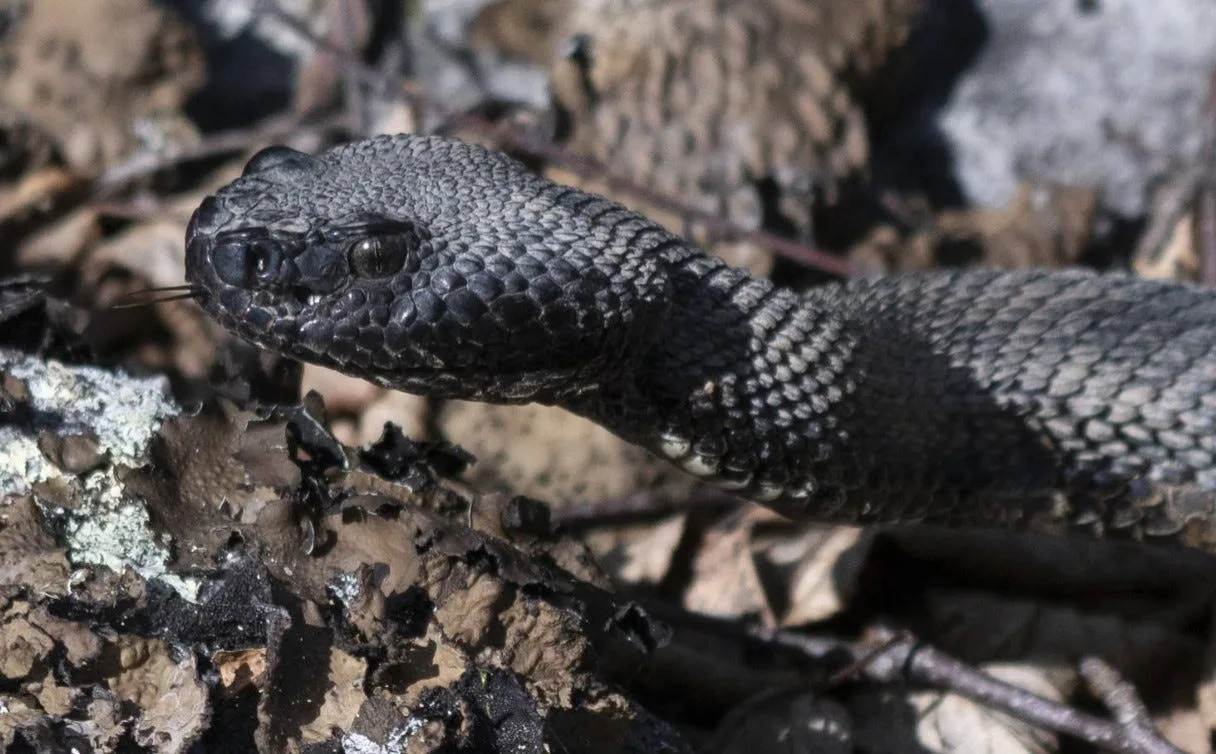
A hiker is dead after he was bitten on the hand while picking up a rattlesnake on a trail at the Savage Gulf State Park in Grundy County, authorities say.
Grundy County is about two hours southeast of Nashville on Interstate 24.
Rescue crews were called to the trailhead on 55th Avenue at about 12:30 p.m. Aug. 8, the Grundy County Emergency Management Agency said. When they found the hiker, they immediately started CPR until he was hooked up to a mobile CPR machine.
The man was rushed to a hospital, where he later likely died from an allergic reaction to the snake's venom, the agency said.
More: With warmer weather comes Tennessee's most venomous creatures: What to do if you're bitten
What to do if you are bitten by a rattlesnake
If you or someone with you is bitten by a venomous snake, called 911 immediately, especially if the bitten area changes color, swells or is painful, the Mayo Clinic said.
While waiting for help, the Mayo Clinic recommends these steps:
Move far away from the snake
Stay calm
Remove any jewelry, watches or tight clothing before swelling starts
Sit or lie down so that the bite is in a neutral, comfortable position
Clean the bite with soap and water. Cover or wrap it loosely with a clean, dry bandage
How common are rattlesnakes in Tennessee?
Tennessee is home to two varieties of venomous rattlesnake — the timber rattlesnake and the pygmy rattlesnake.
Tennessee's other venomous snakes are copperheads and cottonmouths.
Timber rattlesnakes are the largest and most dangerous of the four venomous snakes in the state, according to the Tennessee Wildlife Resource Agency. The large, heavy-bodied snake has a large triangular head, vertical pupils and a rattle. Their bodies can vary in color from tan and brown to gray and black.
Pygmy rattlesnakes are much smaller with a tinier rattle and are considered very rare. They're listed as imperiled by the Tennessee Department of Environment and Conservation and largely reside along the western highland Rim from Stewart County to the southern border, according to the agency.
Most snake bites occur when a rattlesnake is handled or accidentally touched by someone walking or climbing, the U.S. Forest Service said.
The snake that bit the hiker was likely a timber rattlesnake. Their habitats include mature, heavily wooded forests with rocky hillsides, bluffs or ledges, according to the wildlife agency.
This article originally appeared on Nashville Tennessean: Grundy County hiker dies after picking up rattlesnake, bitten on hand








Comments